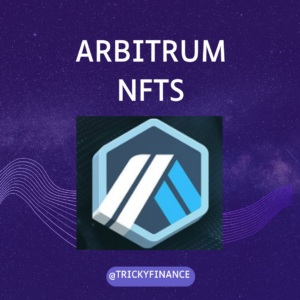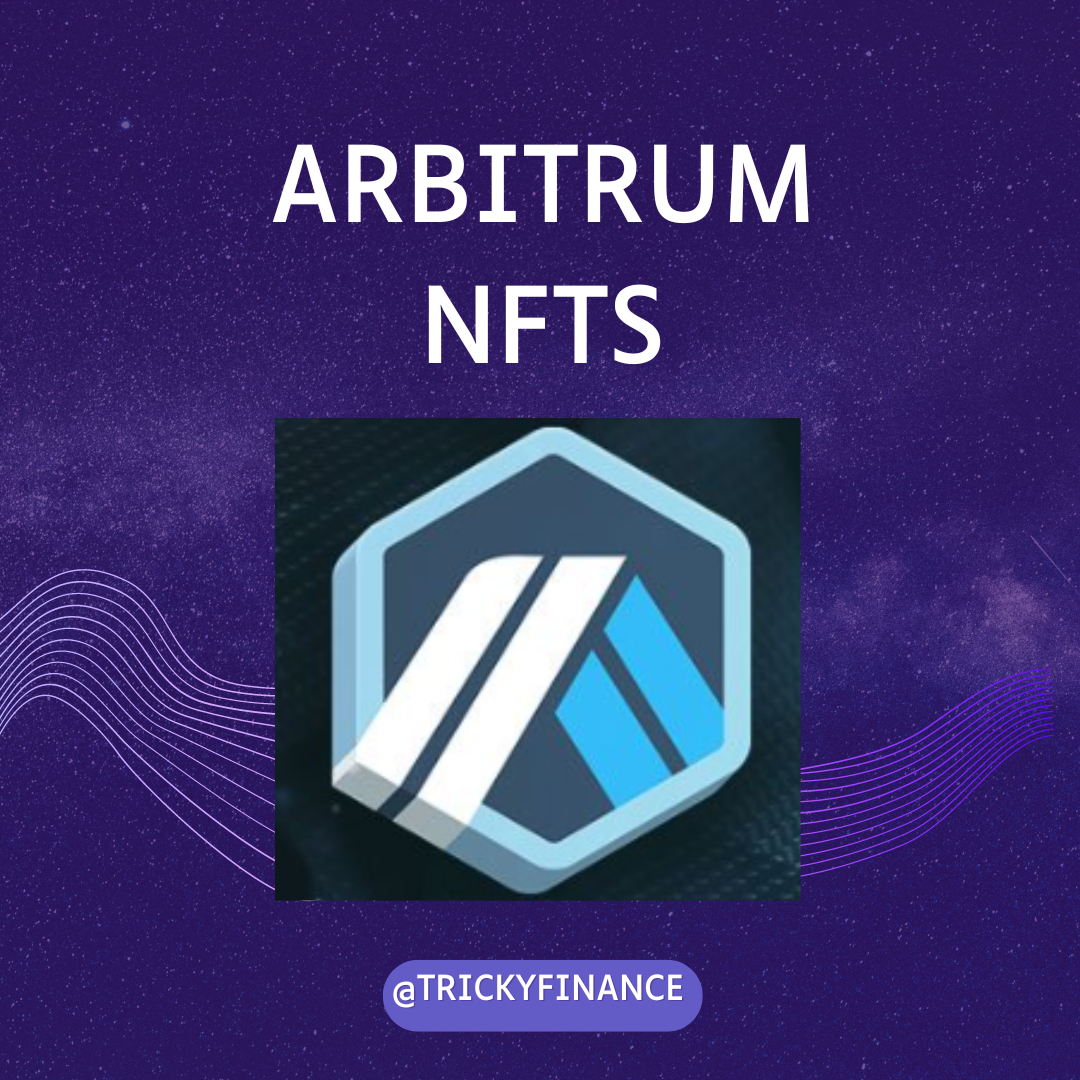In the ever-evolving world of blockchain technology, Arbitrum has emerged as a significant player, particularly in the realm of Non-Fungible Tokens (NFTs). Arbitrum, an Ethereum-based crypto-asset, enhances the capabilities of smart contracts by improving speed, scalability, and privacy. This article delves into the fascinating world of Arbitrum NFTs, exploring their unique features, potential applications, and impact on the digital asset landscape.

Arbitrum NFTs: A New Era of Digital Ownership
Arbitrum NFTs represent a unique digital asset stored on the Arbitrum blockchain2. These NFTs can be used to denote ownership of a wide range of items, from artwork to music to videos. As digital certificates of authenticity, they offer a secure way to track ownership and make counterfeiting or forgery virtually impossible. The rise of Arbitrum NFTs marks a significant milestone in the blockchain industry, opening up new possibilities for digital ownership and interaction.
1. TROVE
The Trove serves as a digital archive housing an extensive array of resources for role-playing games (RPGs), comprising rulebooks, adventure modules, character sheets, maps, and more for various RPG systems. This community-driven platform offers free access to these materials, making it a valuable resource for both gamemasters and players alike. Despite its unofficial status, The Trove has emerged as a primary destination for RPG enthusiasts seeking high-quality content to enrich their gaming experiences.
2. tofuNFT
tofuNFT operates as a multichain NFT marketplace spanning over 30 EVM-compatible public chains. Centered around the fusion of gaming and decentralized finance (DeFi), tofuNFT enables users to explore, trade, and collect NFTs associated with gaming and virtual worlds. Catering to gamers, collectors, and investors alike, tofuNFT offers a diverse range of NFTs, including in-game assets, digital art, and unique tokens. Its dedication to decentralization and cross-chain compatibility distinguishes it within the NFT landscape.
3. Stratos
Stratos represents a cutting-edge decentralized data mesh solution engineered for the demands of Web 3.0, particularly addressing the storage challenges prevalent in NFT projects. Its primary goal is to provide scalable, dependable, and self-balanced networks tailored for storage, databases, and computations. At its core, Stratos offers innovative storage solutions dedicated to NFTs, ensuring the secure storage of associated information, including metadata and digital assets. One of its notable features is the ability for NFT issuers to store metadata off-chain, thereby significantly reducing the size of NFT tokens. For example, it efficiently manages token URIs for platforms like Uniswap V3 NFTs. Moreover, Stratos prioritizes data privacy and ownership concerns, laying a robust foundation for NFT owners.
4. Agora
Agora emerges as another significant player in the NFT arena, offering distinct attributes and functionalities. At the forefront, Agora emphasizes community-driven decision-making through decentralized governance, empowering NFT holders to actively shape the platform’s trajectory. Furthermore, Agora aims to bridge disparate blockchains, fostering interoperability and facilitating seamless NFT transfers and interactions across various ecosystems. Transparency is a key tenet of Agora, ensuring authenticity and traceability in NFT transactions. The platform actively encourages community engagement, inviting participation from artists, collectors, and enthusiasts to cultivate a vibrant NFT community. Lastly, Agora remains committed to innovation, continuously exploring novel avenues to enrich NFT experiences and redefine digital ownership paradigms.





